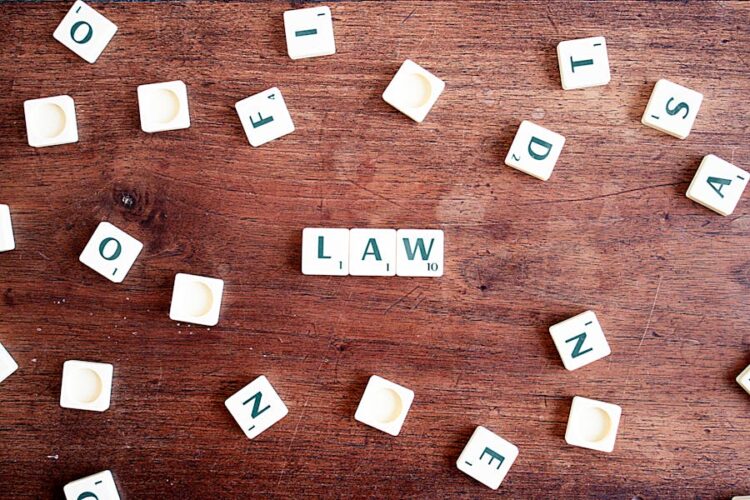Writing a legal thesis is one of the most intellectually rewarding—and academically demanding—tasks a law student will undertake. When your topic revolves around judicial integrity, the stakes are even higher. Judicial integrity forms the bedrock of democratic societies, influencing public trust in legal systems and ensuring fair trials, impartial rulings, and the rule of law.
However, approaching this topic in a scholarly, balanced, and well-researched manner requires clarity, legal insight, and methodological precision. Whether you’re an undergraduate law student or pursuing a postgraduate degree, this guide will help you structure a legal thesis that not only meets academic standards but also contributes meaningfully to the discourse on judicial ethics and accountability.
Understand the Scope of Judicial Integrity
Before drafting your thesis proposal, it’s crucial to define what judicial integrity entails. The term extends beyond mere ethical behavior—it encapsulates impartiality, independence, transparency, accountability, and adherence to the law. You must study both theoretical and practical interpretations across jurisdictions. For instance, judicial independence in the U.S. might look very different compared to the structure in the U.K., India, or civil law nations like France or Germany.
Many students find this early stage overwhelming due to the vast scope of research materials and legal doctrines involved. If you’re struggling to refine your focus or interpret legal precedents, academic help can be invaluable.
Click Myassignmenthelp.com for Law assignment help – an excellent writing service for students who need expert help while working on complex legal research topics like judicial integrity.
Frame a Focused and Researchable Thesis Statement
Judicial integrity is a broad field, so your thesis must narrow down on a specific aspect. Consider questions like:
- How does judicial accountability impact public trust?
- To what extent does political interference threaten judicial integrity?
- What mechanisms ensure integrity in constitutional courts?
- Is there a correlation between media trials and judicial impartiality?
Your thesis statement should make a clear argument that is debatable and researchable. For example:
“This thesis evaluates whether judicial performance commissions enhance accountability without compromising judicial independence in common law countries.”
By being specific, your research becomes focused and manageable.
Conduct a Thorough Literature Review
Legal research thrives on precedent and scholarly analysis. Compile academic journals, case law, constitutional provisions, commission reports, and legal commentaries. A good literature review does not merely summarize sources—it critiques them, identifies gaps in the existing scholarship, and justifies the need for your own research.
Look into comparative judicial systems, landmark judicial misconduct cases (such as Caperton v. A.T. Massey Coal Co. in the U.S.), and UN guidelines on judicial conduct. Also, reference scholarly texts like “Judicial Ethics in Australia” by B. Nicholson or “Judging Judges: The Case for Judicial Accountability” by R. Devlin, which provide robust academic insight.
Choose an Appropriate Methodology
Depending on your academic level and institutional requirements, you might opt for doctrinal, empirical, or comparative legal research methods.
- Doctrinal Research: Focus on statutes, judicial opinions, and legal principles.
- Empirical Research: Involves data—perhaps from judicial conduct commissions, surveys, or court statistics.
- Comparative Analysis: Compares how judicial integrity is maintained across different legal systems.
Make sure your methodology aligns with your thesis goals. If you’re critiquing the efficacy of judicial watchdogs, interviews with legal practitioners or an analysis of real-world case outcomes may be insightful.
Analyze, Don’t Just Describe
One common mistake law students make is to restate legal principles without critically evaluating them. Your thesis must go beyond description and provide critical analysis.
Ask questions like:
- Are current mechanisms of judicial oversight effective?
- How can integrity be preserved without sacrificing judicial independence?
- What reforms can mitigate conflicts of interest in the judiciary?
Integrate multiple viewpoints—both supportive and critical—and back them with evidence. You are not expected to resolve all debates, but you should demonstrate a balanced, well-supported argument.
Structure Your Thesis Effectively
A strong structure helps maintain clarity and flow. Typically, your legal thesis should include:
- Introduction: Introduce the topic, define key terms, state your thesis.
- Literature Review: Discuss existing research and legal commentary.
- Methodology: Explain how you collected and analyzed data or legal sources.
- Chapters: Divide main arguments thematically or by jurisdictional comparison.
- Case Studies: Use real cases to illustrate systemic challenges or successes.
- Analysis: Offer your interpretation and critique.
- Conclusion: Summarize key findings, address limitations, suggest future research or reform.
Each chapter should build on the previous one logically, supported by citations and legal reasoning.
Pay Attention to Legal Citation and Academic Standards
Legal writing requires precise citation. Use Bluebook, OSCOLA, or your institution’s preferred style guide consistently. Proper footnoting and referencing demonstrate academic integrity and give credit to the authors and judgments you rely on.
Proofreading is essential. Spelling errors, vague language, or inconsistent formatting can weaken the credibility of your thesis. Consider peer reviews or working with academic editors familiar with legal texts.
Final Thoughts
A thesis on judicial integrity is not just a pathway to academic success—it’s an opportunity to contribute to one of the most critical conversations in legal systems today. Through your research, you explore how trust, fairness, and accountability intersect at the heart of the judiciary.
Be patient, stay curious, and never hesitate to seek academic help or professional insight. With diligence and critical thinking, your thesis can stand as a meaningful scholarly contribution that extends beyond the classroom and into the courtroom of public discourse.










